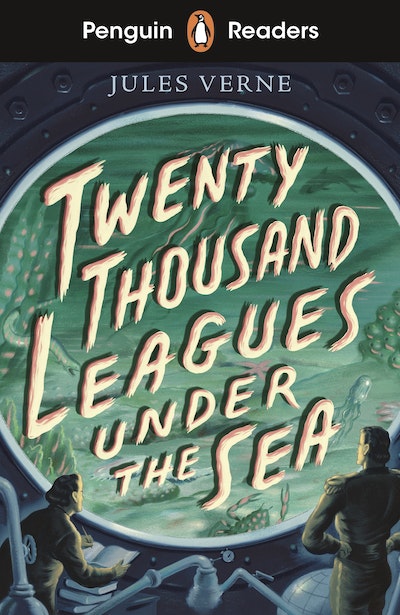With carefully adapted text, new illustrations, language practise activities and additional online resources, the Penguin Readers series introduces language learners to bestselling authors and compelling content. Titles include popular classics, exciting contemporary fiction, and thought-provoking non-fiction.
Twenty Thousand Leagues Under the Sea, a Starter level Reader, is A1 in the CEFR framework. Starter level is ideal for readers who are learning English for the first time. Short sentences contain a maximum of two clauses, using the present simple and continuous tenses, possessives, regular and irregular verbs, and simple adjectives. Illustrations support the text throughout, and many titles at this level are graphic novels.
There is a new animal in the sea, and it is killing people . . . "We can find it!" says Captain Farragut. But what do they find? And can they stop it?

